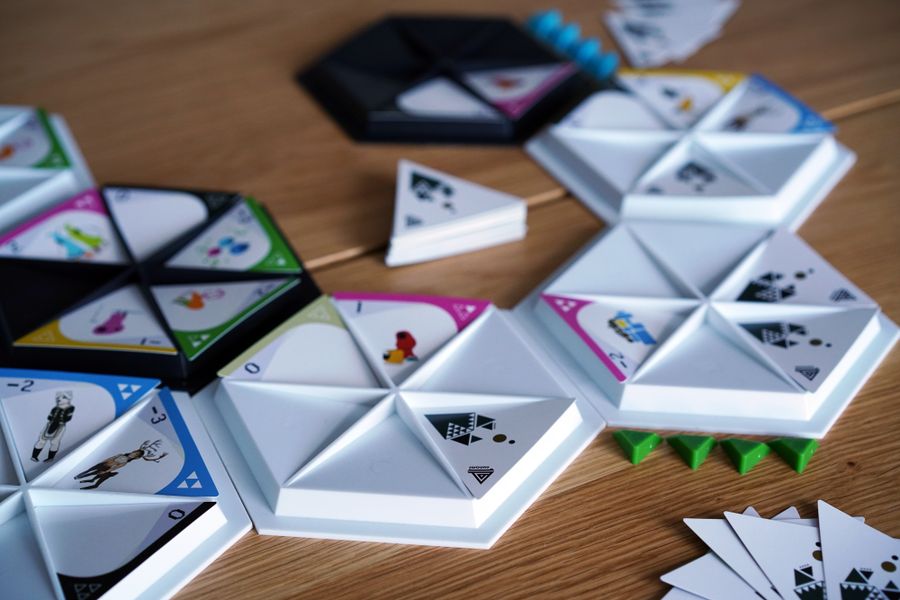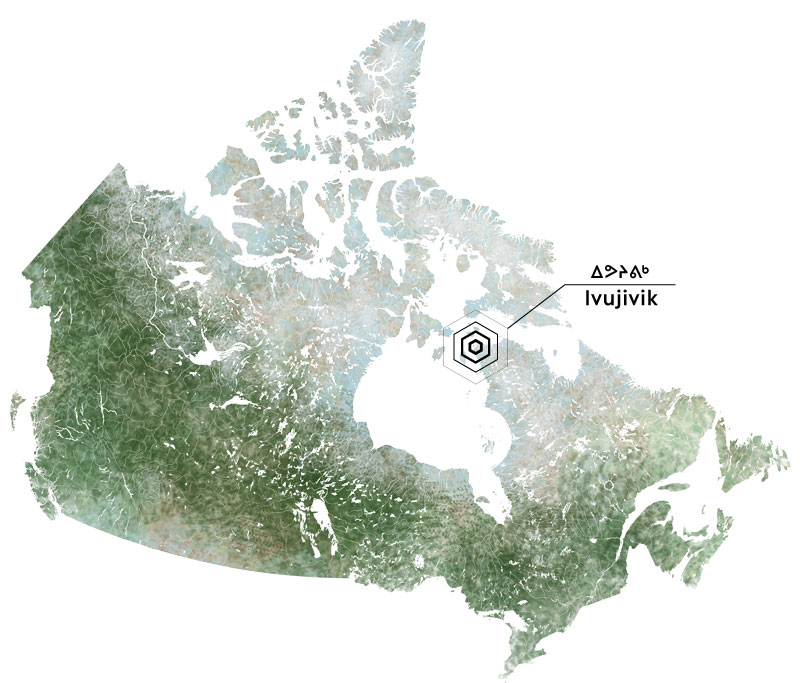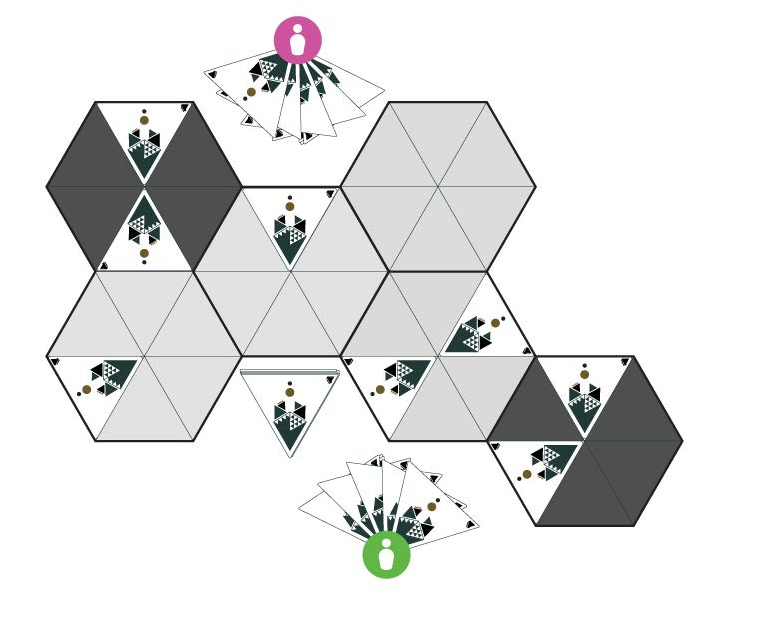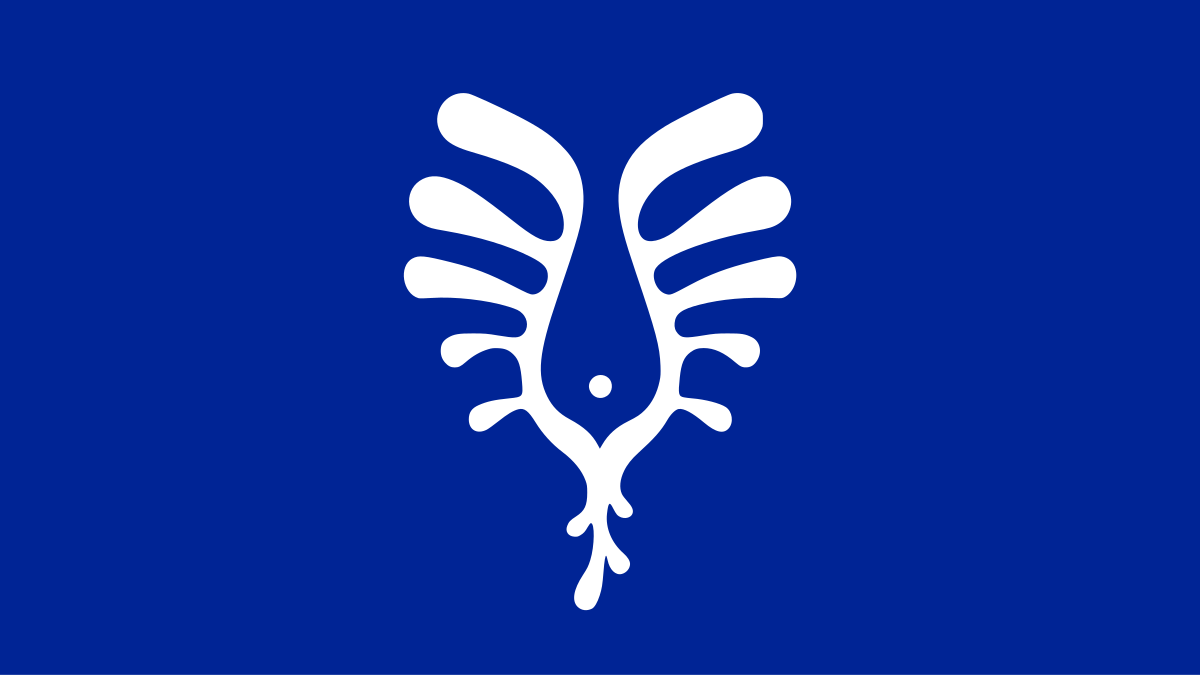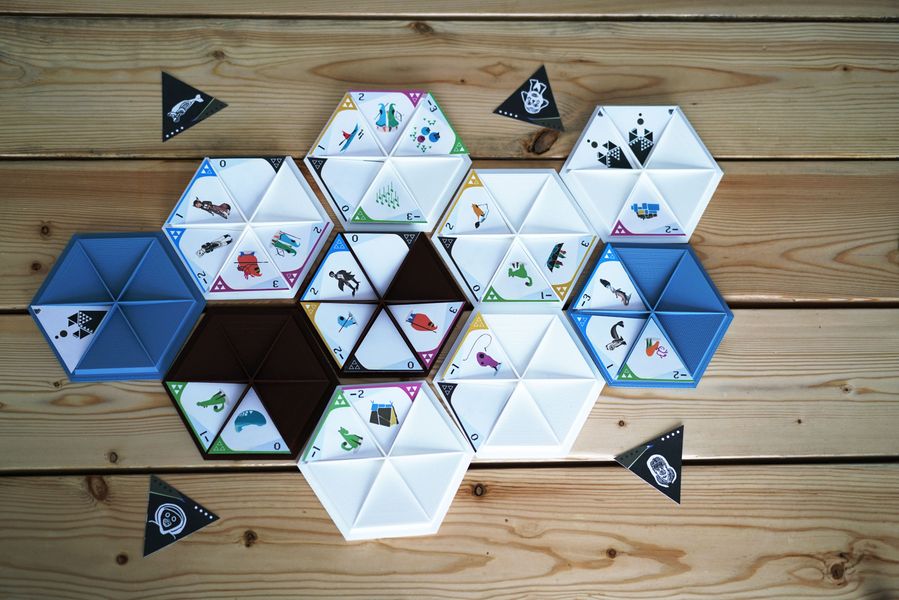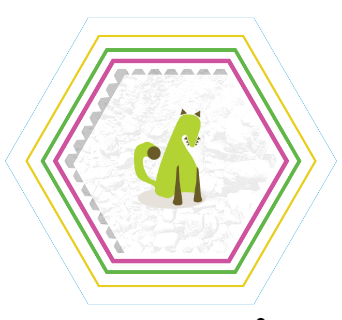As part of our November Spotlight on Nunami, we strive to inform readers of little extra tidbits surrounding the game. Games are made by people, and one of those tidbits we enjoy is learning a little bit more about the people behind them. Some designers shy away from the public stage, while others enjoy being front and center.
When it comes to inaugurals and game design, Thomassie Mangiok certainly brings with him a number of firsts. Numani was his first completed game design. It was his first major project from an international perspective. And it was the first title added to the larger gaming world by a native member of the Inuit people. Individually, each of those are a triumph of their own, and Thomassie should certainly feel accomplished in such achievement. Yet when combined, the resulting product of his efforts is something that now can be shared the world over. For a person who embodies the roles of educator, creative, and innovator with equal fervor, seeing the result of those efforts must certainly feel like a major accomplishment. Though he’s still Canadian enough to take all that with some trademark modesty.
We had learned about Nunami from its first attempted Kickstarter and were overjoyed when the second attempt ensured that an Inuit-designed would see the light of day. We also had so many questions to that end, and while we were prepared to potentially reach out to Thomassie for an interview regardless, it lining up to be a spotlight game proved all the more fortuitous. So here we are.
One of our first questions in this endeavor ultimately answered itself in the course of trying to work out regular contact for the piece, as indicated by the date of its posting. As you may expect for a town north of the 60th parallel, Thomassie’s small town of Ivujivik can get a little spotty at times with internet connectivity, so we opted for a back and forth written correspondence rather than other more bandwidth-eating means. Through this process we were able to learn a bit about the creative inspiration behind Nunami’s creation, some of its design choices, and ultimately, what he hoped to get out of such a project. We were quite curious to hear his response, and now that we have them, it’s only fair we share what we’ve learned by providing part of that conversation with you today.
Enjoy!
Round One Questions
CR: What was your Gateway Game?
Chinese Checkers. I grew up watching my elderly aunt playing with her friends. I played and loved how marbles could hop over each other. The marbles were wonderful, with galaxy-like forms that just remained in the spheres.
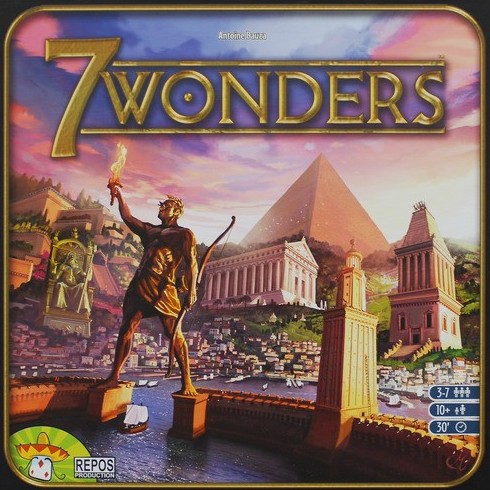
CR: What was the last game you really enjoyed playing (besides your own titles)?
I love 7 Wonders, I simply love it. Each game has me experience a new story.
CR: How big is your game collection?
Our closet in our children’s game room is full of our games plus the children’s games. We expect to have a fun winter with a few of our friends!
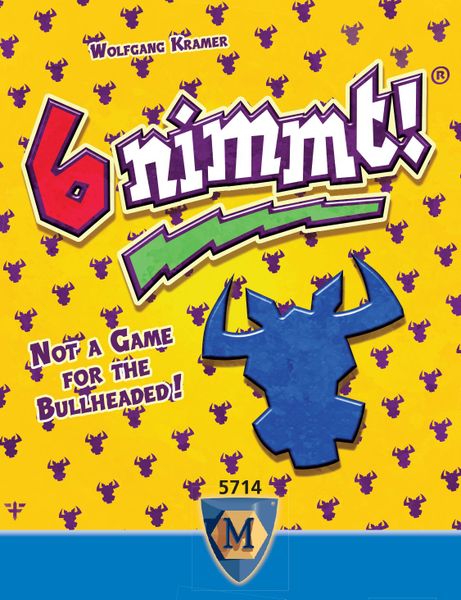
CR: What is your favorite type of game to play?
I love non-linear games such as Quarto, Chess, 7 Wonders and 6 Nimmt!. My love for games extends to video games as well, both on a computer and consoles, but work doesn’t give me much time to play.
CR: How do you feel about Monopoly?
It was fun when I was a kid – it exists in my childhood. But I haven’t yet introduced it to my kids.
On Nunami
CR: First off, for those who may not be aware of it, can you explain the general premise behind Nunami and how it ties into Inuit culture more broadly?
Before Inuit were colonized, they believed that we existed equally as other animals. They believe that other animals could transform to humans and us to them. There are stories of animals turning to humans to partner with them so sustenance was controlled and not to damage their population. I created Nunami to highlight important traditional Inuit values that had successfully allowed us to exist for thousands of years in a location with very limited resources; we existed with other beings by benefiting from each other. The arctic has interestingly a dynamic landscape, and the various seasons provide difference experiences. When I travel in the tundra, I keep exploring and looking for resources; this is my inspiration for Nunami’s boards that are rearrange at each new game.
CR: Games truly come from all corners of the globe, including now from the arctic territory of Nunavik. What does that accomplishment mean to you personally, and what do you hope that means for the hobby overall?
Games are a great medium for social interactions and they allow us to experience other cultures. I’m excited to contribute to the diverse gaming community. Each time I create something, I’d like to imagine that other Inuit show that they can succeed just as much or more. We need such successes to create new jobs and opportunities. As for the gaming community, I hope Nunami encourages more people of different cultures to share their own.
CR: One of the more appealing aspects to Nunami is how it incorporates its philosophical elements into the gameplay (finding a balance between different factions, trying not to overextend yourself in your environment, etc.). How important was it for you when developing it to ensure those concepts came across during the gameplay, and when did you realize you finally had the game where you wanted it?
One of my priorities has been to promote our languages and culture in our region because I grew up absorbing other cultures and languages through games, TV, and music. So I thought it was important that I contributed to our own. While exploring the tundra on my snowmobile, the Nunami game mechanics merged into the game we now play. I’ve been developing Nunami in my head for a long while, but I used math to make sure my game’s concept was properly translated into a physical game.
CR: One thing we were curious about is how the game lets you create different board layouts each game, largely at players’ discretion. Can you enlighten us on that design choice?
When out in the tundra, we’re never sure who or what we’ll find. It’s great to see other people on lakes and even more so to see animals. I created the hex boards to allow players to create layouts of their choice – hexagons are naturally efficient forms. The 6 triangular slots provide and encourage a balanced number of cards while giving room for various cards to be played. When I play Nunami, I feel like I am not far from my village exploring the tundra.
CR: As both an educator and a designer, you have made several creative contributions, even including a proposed flag for the Nunavik region. How did designing a game compare to some of your other creative endeavors in terms of challenges and rewards?
For Nunami, I had to learn how to create 3D models in various formats, how to reach people, and how to use services online to ensure people receive the products. I didn’t expect the whole process to be so complicated. I now understand why it takes a team of people to produce and ship quality products!
CR: Ivujivik is not a highly populated area, which we imagine could make for some unique hurdles trying to develop and playtest a new game. What was that experience like? What is the tabletop community like there?
People mostly play games with their friends; there aren’t dedicated tabletop communities in Ivujvik. I was fortunate to have friends and family to test Nunami in and out of Ivujivik. The only people I know that worked on digital media was my daughter. I was also fortunate to have a mother who makes beautiful prints of her work. My background in graphic design, abilities to understand three languages, and love for learning were all essential to produce everything I needed: hex boards, triangular pieces, illustrations and rulebooks.
CR: Your recent Kickstarter was your second attempt at bringing Nunami to life. What lessons did you take away from the first campaign to use towards making the second one so successful?
I’m glad that my first campaign failed. I was able to implement the 4-player version of Nunami and managed to improve the material and the design of the components. I also learned to reach for small goals and then allow the game to grow on its own terms. Also important was exposing Nunami to more people so they understood it. Just because I created something awesome didn’t mean that people would want it right away. I needed to invest more in exposing it, which is what the relaunch allowed me to do.
CR: One feature you seemed keen on having was ensuring the game’s cards were water resistant. We were curious: was that born out of a further desire to reinforce Nunami’s theme or for more practical reasons?
Both! One important aspect of Nunami was it’s playability anywhere. I wanted to be able to have in the tundra when we can just rest. Components needed to be waterproof and sturdy. I assumed others would also like this quality in a game.
CR: Finally, since Nunami has finally become a reality, we know all too well the design bug is hard to shake. Since we can’t venture up north anytime soon to ask in person, we’ll just ask it from down here: can you tell us about any other games you may be working on, Inuit-themed or otherwise?
I’m trying to finish a few projects before starting new ones, so nothing that’s worth sharing at the moment. But I do have something in the works that is more 3D. I just hope to get a chance to work on it!
Nunami’s central challenge is all about finding harmony with your environment, which as all of know can be a challenge. Between the external factors of nature working against those efforts and an often increasing difficulty in achieving that balance as you progress through life, Nunami proves to be both thematically relevant and strategically stimulating, leading to a clever and concise game to be enjoyed.
The issue we ran into was finding a way of celebrating that without, you know, going too extreme one way or the other. On the one hand we wrote off plane trips to the arctic due to the pandemic, sled dog races due to a current lack of snow in these parts. On the other, we decided we could probably do more than liking a bunch of images of the game on social media as a means of providing support to this culturally-trailblazing title.
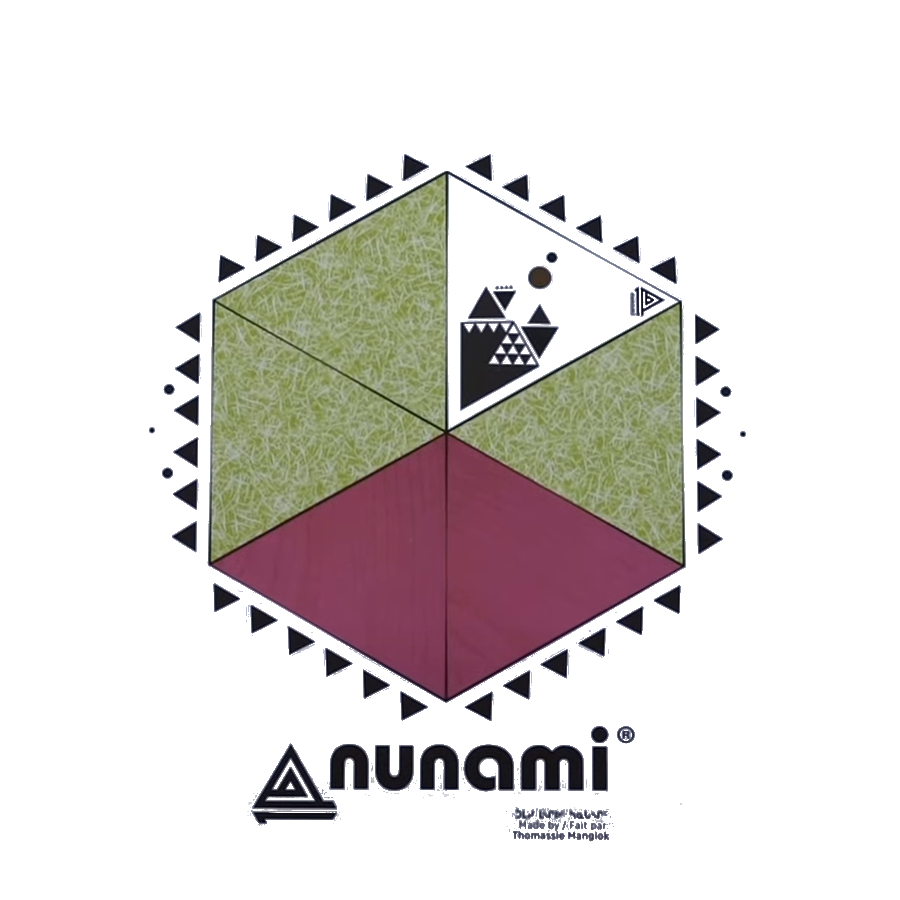
In the end, we opted to find a healthy medium between doing way too much that would get us in trouble with finances or legalities and too little which wouldn’t be all that fun at all. Ultimately, we figured that the most prudent and fitting approach would be a conventional raffle for a copy of the game. Which is still pretty good we feel. So enter at the link below for your chance!
The Quest For Balance: A Nunami Giveaway
Photo Credits: Nunami cover and photos by Thomassie Mangiok.

